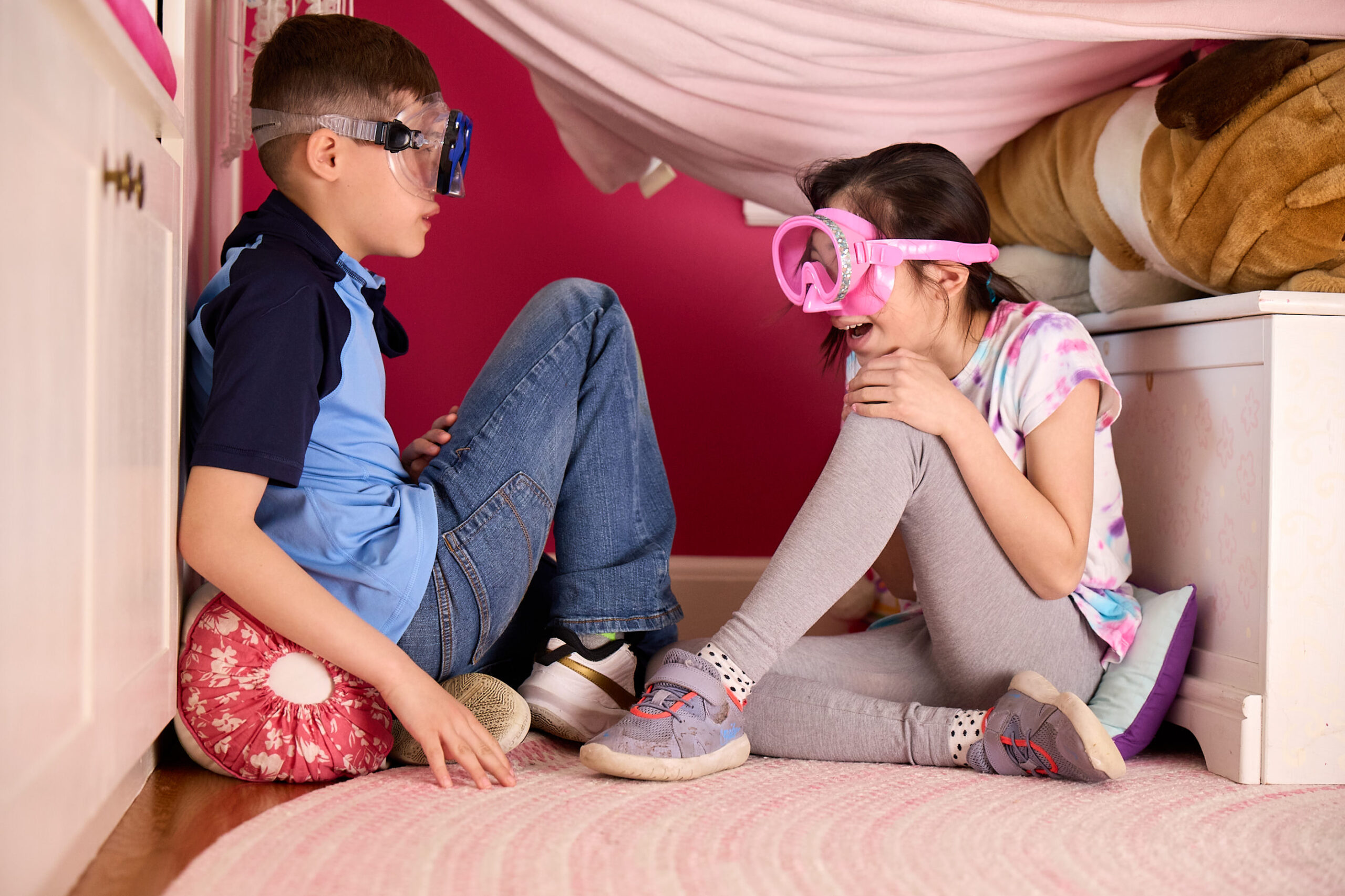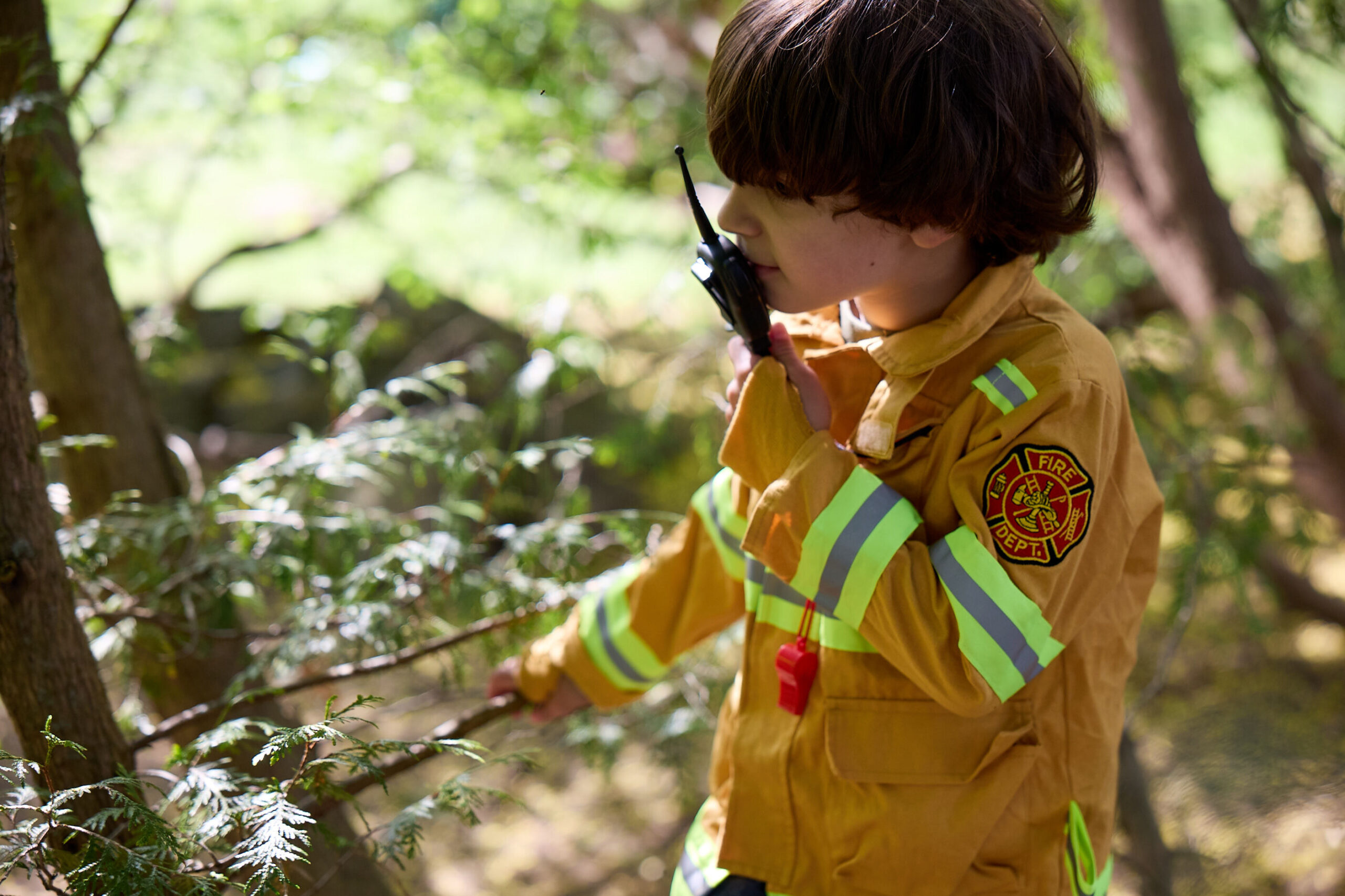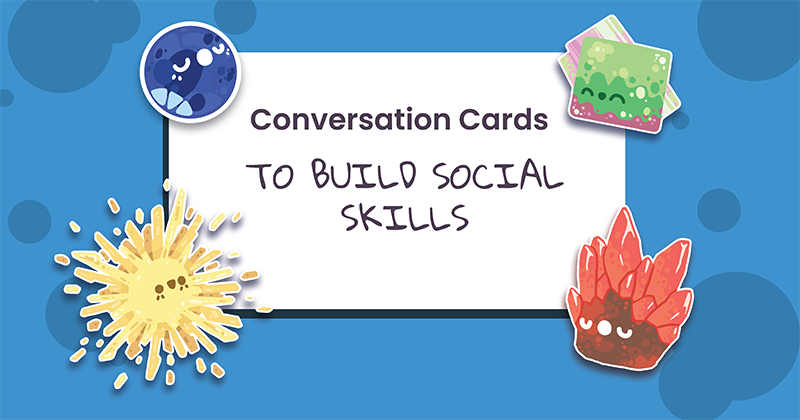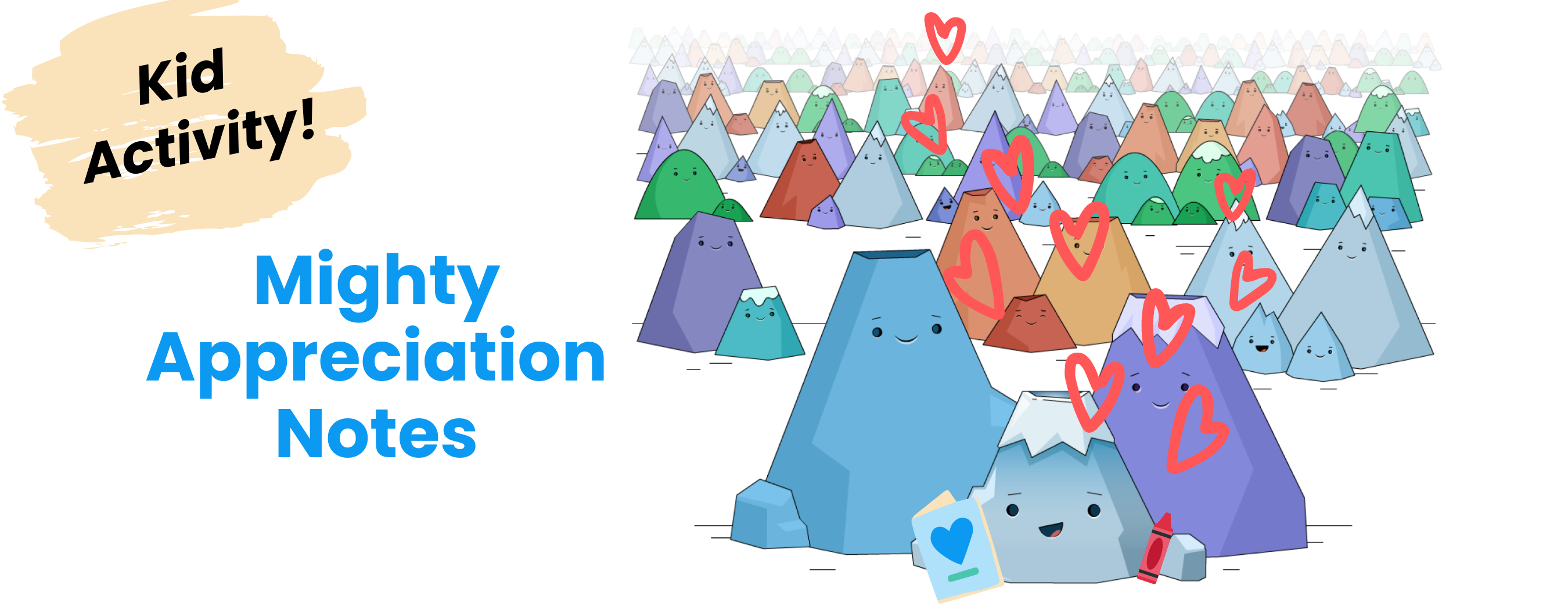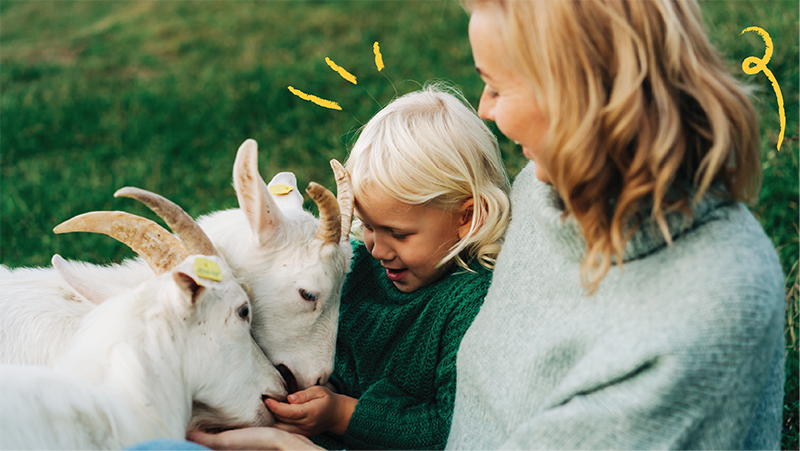
Many parents’ goals for their children are for them to grow into a good person who is capable of navigating through life’s detours and obstacles with confidence. There are many facets to making this happen such as children learning life skills that include critical thinking, problem-solving, emotional intelligence, social skills, and self-regulation. However, one of the most important traits, and one that seems difficult to teach, is the ability to show empathy. Understanding different experiences and perspectives are crucial to forming meaningful relationships and will have a long-lasting effect on not only your child but also the connections and relationships that will help them live an impactful life. So, how do you help kids learn to be empathetic?
Here’s what we’ll cover:
- What is empathy?
- Why is empathy important for kids to learn?
- Empathy-building activities
- How can you model empathy as an adult?
What is empathy
Empathy is the ability to understand how someone is feeling, even if you don’t share the same experience. Basically, it’s being able to put yourself in someone else’s shoes.
Empathy consists of the following attributes:
- Perspective-taking: Try to think like another person in order to understand their experience.
- Non-judgment: Make an effort not to invalidate or diminish someone else’s perspective or experience.
- Identify emotions: Pay attention to nonverbal cues or body language to try to understand how the person is feeling.
- Communication: Express your understanding of their perspective and be willing to discuss or validate that.
Why is empathy important for kids to learn?
Building empathy in young children is a crucial part of their social-emotional learning and can make a significant impact on their ability to bond with their peers and family members, participate in conflict resolution, and to understand the cause and effect relationship between behavior and the feelings of others.
Even young children can understand and appreciate the power that comes with recognizing that someone is sad and making an effort to cheer them up. Teaching empathy is a way to instill kindness, understanding, and compassion, which are important traits at any age.
Empathy-building activities
While many children will develop and practice empathy on their own and through various life experiences, it can be helpful to incorporate some fun activities into your day to day life to help spark and curiosity and understanding of empathy. Explore the following ways to develop emotional skills that will help children have a better understanding of the importance of empathy:
Storytime
Children of all ages love stories, and characters and plots are an easy and effective way to introduce kids to new situations, emotions, and problems. Take a break while reading to ask your child what feelings a character may be experiencing, what another character could say to acknowledge those emotions, or ask your child to identify and explain facial expressions or body language depicted in illustrations that may serve as context clues.
Faces and feelings
Many children can have difficulty reading facial expressions, particularly as they become more nuanced. The difference between happy and sad expressions is fairly obvious, but there is some overlap between the characteristics of other emotions, such as worried and mad that can make interpreting these emotions a bit more difficult. Make a concerted effort to practice expressing and identifying emotions and facial expressions. Either take turns acting out emotions and guessing, create flashcards out of magazine clippings of different expressions, or use movies or books to help your child practice identifying these emotions.
Random acts of kindness
The joy that comes from cheering someone up is an all ages and stages experience. Help your child identify a community member, group, family member, or friend and brainstorm nice things that you could do for them. Whether it’s baking cookies for the fire department or washing grandma’s car, showing your child that they have the power to make a positive impact on others can have a long-lasting effect on their ability and willingness to do so.
Mindfulness
Mindfulness in its simplest form is about cultivating an awareness of, and appreciation for, the present moment. Practice mindfulness with your little one by reading books about mindfulness practice, participating in a short guided meditation session via YouTube, or by taking a moment while outside to ask them to bring their awareness to how their feet connect with their earth, what sounds they hear, or how the sun feels on their face. While this may not seem directly related to empathy, practicing situational awareness is a key component to recognizing and connecting with the experiences of others. It also provides a great way to help your child identify and practice ways that they can manage big emotions.
Role-playing
Practice makes perfect, and that includes social skills. Take turns acting out different roles with your child. Invent different scenarios, with one of you playing the part of the main character and the other as the supportive friend. For instance:
- Getting hurt on the playground
- Getting a new puppy as a surprise
- Not having anyone to play with at recess
- Waiting for guests to arrive at your birthday party
- Having your ice cream fall on the ground
Exaggerate your facial expressions and body language when you play the main character, and provide feedback on which parts of the conversation were particularly helpful and suggestions on where to improve. Get silly and have fun when doing this with your child. Have them use fake scenarios or real scenarios that they have experienced to get extra practice.
How can you model empathy as an adult?
One of the best ways to help your child build empathy is to demonstrate empathy through your own actions and behaviors. Make a point of empathizing with your child’s experiences and validating their thoughts and feelings consistently. Create a habit of caring for others through volunteer experiences or community work in order to set an example of the importance and value of being of service to others.
Last, but not least, take the time and make an effort to practice self-care and engage in self-reflection. Share your experiences of these self-care activities with your child and help them to explore what can help them to feel good about themself. The more you are in touch with your own needs and emotions, the easier it is to help others with theirs.
Related:













